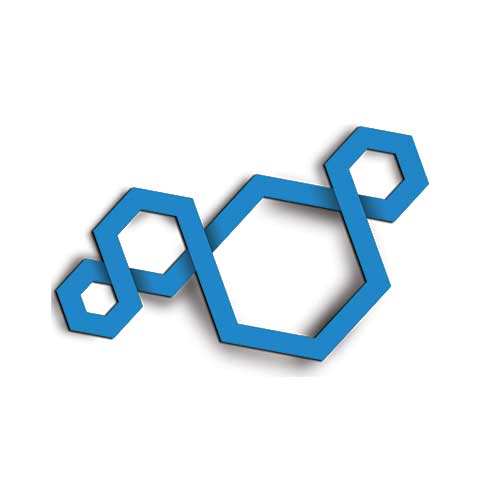Top Field Service Trends for 2024: Service as a Brand Differentiator
Check out theTop Field Service Management Technology Trends for 2025 here. As we continue our series on the technology trends that will likely be in...
4 min read
 ServicePower
:
December 18, 2024
ServicePower
:
December 18, 2024

Did our field service predictions come true?
As the 2024 calendar year comes to its end and organizations wrap up annual budgets and initiatives, many managers also take the time to reflect on the year’s accomplishments. Year-end provides a chance to compare goals with achievements. Did the year go as planned? Or did unforeseen complications interfere? At ServicePower, we used this time to look back at our predictions for 2024 to see how many of our forecasts were on target – or if we missed the mark.
Year-end is also a good time for you to review your current technology and make assessments. Did your software help you obtain goals or hold you back? Were you able to perform at optimal levels or did you simply muddle along?
Is your software keeping pace with trends?
Keeping your IT systems aligned with trends and innovations isn’t easy, especially for an industry like field service that is so heavily dependent on pleasing customers. Customers are fickle. First, rapid response is the top priority. Then, sustainability is more important. Then value. Keeping pace with these evolving expectations requires vigilance. Companies today must be agile and adapt to changing trends.
Something new is always on the horizon. But you need to be alert to opportunities and willing to embrace change.
We predicted artificial intelligence (AI), Generative AI (Gen AI), and machine learning (ML) would be at the top of the hot topic list for 2024, and we were right.
The hype around these technologies has been overwhelming as managers scrambled to educate themselves on the latest applications. Curiosity was the driving factor behind much of the research, with many organizations wondering “how can this help me now?” and looking for practical use cases.
While Gen AI provoked worries about deepfakes, lawsuits over theft of intellectual property, and fears over bias and hallucinations, the more risk-averse organizations opted for a “wait-and-see” stance. Others were eager to be first adopters and get an edge over the competition.
Today, being competitive requires AI.
Customer service can be looked at in a variety of ways. Largely, it comes down to empathizing with what a customer is experiencing. A program should emphasize three points: Be on time and ready, be engaged, and communicate. The key to success is to identify how to improve and how to track that improvement.
Looking back, understanding how AI specifically applies to the field service industry wasn’t always clear. For many types of solutions, including field service management software, much of the AI functionality operates behind the scenes, embedded in routine functions without huge fanfare, flashing lights, bells, and whistles. For example, ServicePower’s scheduling optimization capabilities have long used AI functionality, rules-based decision processes, and algorithms that evaluate countless variables at once to create a dispatch schedule that is efficient, logical, and balances customer expectations with company priorities. It makes scheduling a piece of cake.
AI is part of our daily lives and business infrastructure. It certainly moved up in the Trends to Watch list for 2024 and will likely stay there through 2025.
Other topics, too, were on our predictions list and proved to be hot topics, like:
Now is the time to review—and look ahead
Year-end is the ideal time to review your service management systems. Make notes of shortcomings and disappointments. Where did you have gaps in technician support, roadblocks to efficient scheduling, or challenges with meeting customer expectations? It may be time for a change. Just as year-end is a time for review—it’s also a time for looking forward and setting 2025 budgets. Perhaps it’s time to set aside funds for modern solutions.

Check out theTop Field Service Management Technology Trends for 2025 here. As we continue our series on the technology trends that will likely be in...

The customer service provided by field service technicians is critical to the success of any field service operation. While technical skills are...

It’s no secret that software apps rule the world. When apps are well-designed, intuitive, and useful, they make day-to-day life easier for...